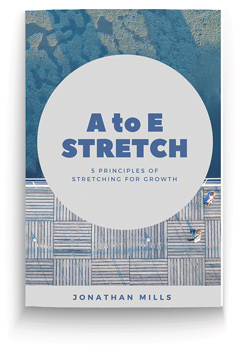The practice of branding cattle (making a mark, usually on the rump of a beast) is thought to have begun with the ancient Egyptians about four thousand years ago to differentiate one person’s cattle from another’s. These distinctive symbols were burnt on the skin with a branding iron. If any of the cattle were stolen, anyone else who saw the symbol could deduce the true owner. Over time, the term was extended to the branding of objects like wine, oil, cosmetics and fish sauce that were being offered for sale. Today, the term has further developed and now represents the strategic personality of a product or company or the values and promises that a consumer may perceive or buy into. So brands are used in business, marketing and advertising for recognition and, importantly, to create and store value as brand equity for the object identified, to the benefit of the brand’s customers, its owners and shareholders.
Although a brand is an intangible asset, it is often the most valuable asset on a company’s balance sheet. When a customer is not only familiar with a brand, but actually favours it over a competitor’s brand, a corporation has reached a high level of brand equity. Brand equity is built by a combination of marketing efforts and quality controls to increase customer satisfaction and loyalty, with side effects like reduced price sensitivity. The value of the brand, however, has to be maintained, otherwise decreases in shareholder value may be experienced.
Every employee within a company has a responsibility to maintain the value of the brand – this is not just up to the brand manager. Living the brand values doesn’t only relate to the service that the customer receives, but also includes employee attitude, professionalism, perceived quality, consistency, accessibility, etc. How employees speak about the company and its leadership, internally or externally, either adds to or detracts from the brand value.
Although a company or product logo speaks to the brand, the logo on its own is not the brand. A good brand is a collective state of mind – in other words, it resonates with everyone’s psyche and emotions. It creeps into one’s heart and fondness is expressed about it (“Disney” might be a good example of this). Other brands that come close to or are currently achieving collective state of mind status may include Apple, Microsoft, Google, BMW, Ferrari, Coca-Cola, Mercedes Benz, Nike, etc.
To achieve a collective state of mind status for a brand, daily brand-building is essential. Of importance here is the brand’s “Big Picture” or the “why” of the brand. Simon Sinek’s “Golden Circle” model applies well here – he notes that all companies know what they do (e.g. we make cars), some companies know how they do it (their differentiating value proposition, etc. – for example, our cars have leather seats and you get great distance out of a tank of fuel), but very few companies know why they do it (e.g. BMW’s “sheer driving pleasure”). Sinek notes that the what and the how are uninspiring, but the why actually sells and, I suggest, creates a collective state of mind. In the example above, I understand from all BMW’s messages internally to employees and externally to the customer that they create the car around the driver – with the driver’s experience in mind. If I get into any BMW, I am promised that it will be “sheer driving pleasure”.
To maintain brand value and subsequent equity for shareholders, companies should focus on achieving a collective state of mind for the brand – the brand must resonate with the customer’s heart, affections, desires and psyche. The brand personality must relate to the human being on a personal basis to achieve brand loyalty.










